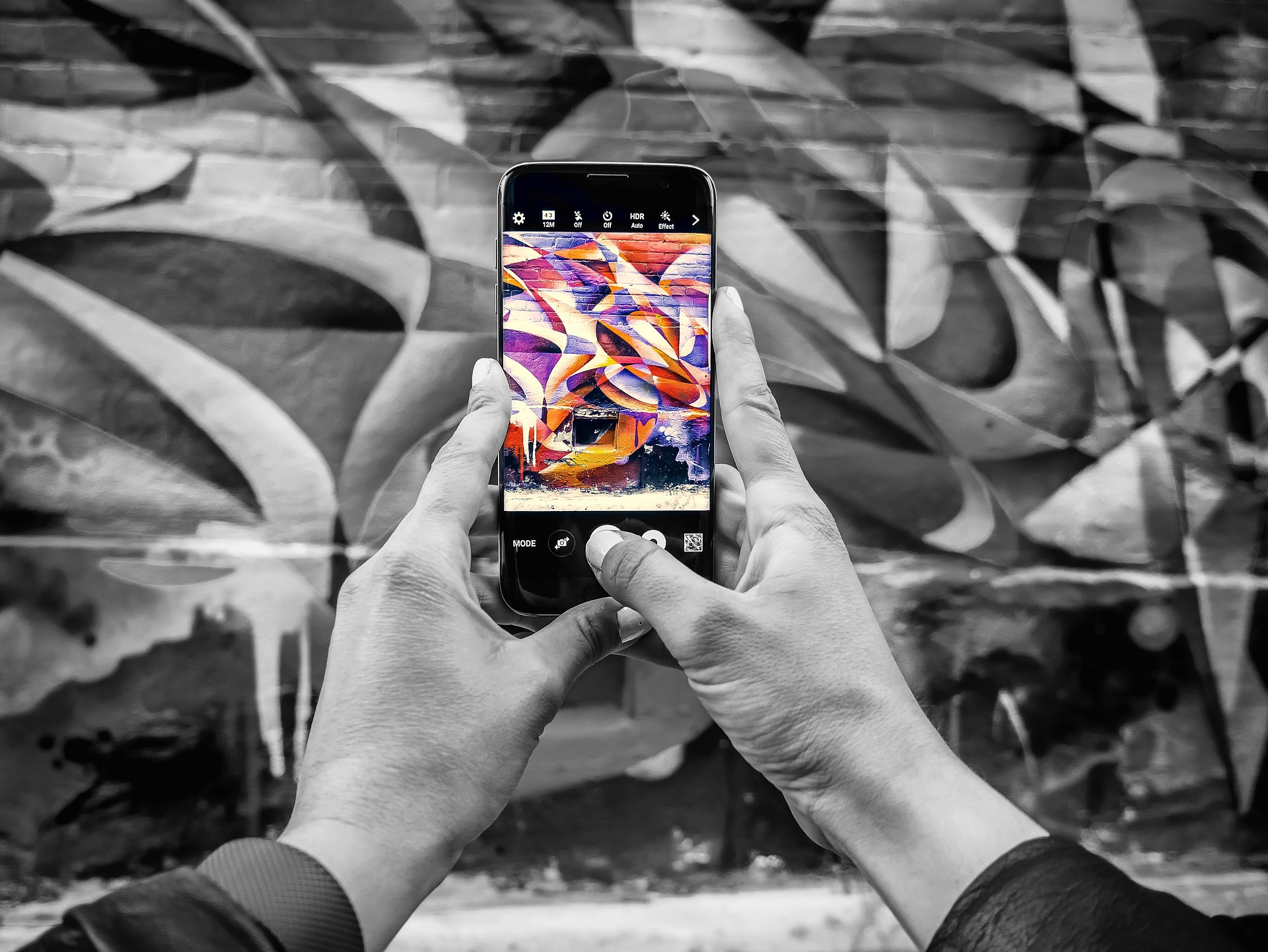"Breaking the Fourth Wall: A Modern Tactic in Entertainment"
Introduction: Delve into the fascinating realm of the fourth wall in entertainment, an intriguing narrative technique that connects performers and audiences on a new level. The term 'fourth wall' is rooted in the world of theater. Traditionally, a theater set is designed with three physical walls, while the fourth wall is an imaginary barrier between the actors and the audience. This invisible wall maintains the illusion of a separate reality within the stage. The concept of ‘breaking the fourth wall’ refers to the instances when this imaginary barrier is intentionally shattered, usually by having a character acknowledge the audience’s presence or the fact they are in a piece of fiction.

Breaking the Fourth Wall: A Modern Phenomenon
In recent years, breaking the fourth wall has migrated from the stage to our screens, becoming a popular narrative tool in films and television. Shows like “Fleabag,” “House of Cards,” and even animated series like “Family Guy,” have characters regularly speak directly to the audience. Meanwhile, films such as “Deadpool” and “Fight Club” have made fourth-wall breaks a central element of their storytelling. This modern trend is a fresh way of engaging audiences, creating a sense of intimacy and complicity between the viewer and the characters.
The Impact: Audience Engagement and Narrative Depth
Breaking the fourth wall has the potential to create a deep impact on the audience. It offers an unusual level of engagement, as the audience becomes an active participant in the narrative, rather than a passive observer. This tactic also allows for multi-layered storytelling, as the narration can comment on the story itself, offer insights into characters, or even satirize the conventions of the genre.
The Reception: Intrigue and Controversy
The reception to breaking the fourth wall has been varied. While many appreciate the innovative approach and the intimacy it can foster, others find it jarring or gimmicky. Some critics argue that it disrupts the immersive experience of watching a movie or a play, pulling the viewer out of the story to remind them of the artificiality of their surroundings.
The Future of Fourth Wall Breaks
As we move forward, it will be interesting to see how the technique of breaking the fourth wall evolves. As virtual and augmented reality technologies advance, there are incredible new possibilities for immersive storytelling that blur the lines between fiction and reality. The fourth wall could become less of a wall and more of a permeable membrane, with audiences and performers interacting in ways we can hardly imagine today.
Each time a character addresses the audience directly, or the narrative acknowledges its own fictionality, we are reminded of the unique power of storytelling. Breaking the fourth wall is more than a trend—it’s a testament to the ever-evolving landscape of the arts and entertainment industry and a thrilling indication of the endless creative possibilities to come.





